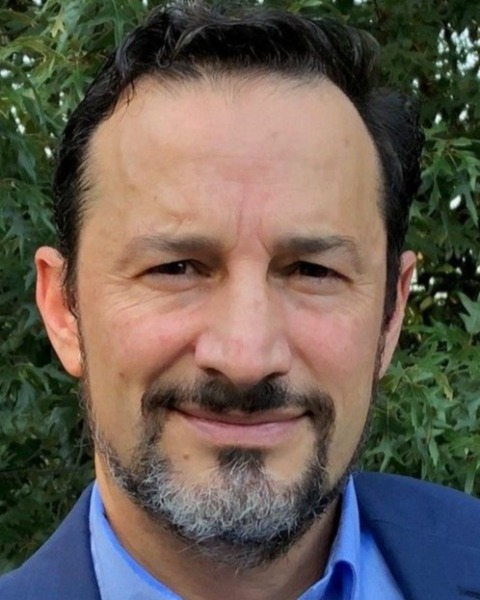Program Symposium
Practicing Diversity, Equity and Inclusion in Entomology: What Has Worked, What Hasn’t Worked, and Where Do We Go from Here?
Incorporating practices that promote diversity, equity, and inclusion in the classroom
Wednesday, November 3, 2021
10:09 AM - 10:25 AM MT
Location: Colorado Convention Center, Four Seasons Ballroom 1

Cesar R. Nufio, Jr.
Multimedia Content Developer
BioInteractive, Howard Hughes Medical Institute
Chevy Chase, Maryland
Presenting Author(s)
How we teach and facilitate learning in our science classrooms is being revolutionized. Our new active learning approaches encourage student-centered practices, and place value on dynamic opportunities for students to develop, apply and assess their growing understanding. How we teach is also becoming more intentional as instructors incorporate backward design and assessments practices that work to align our curriculum to defined learning objectives. However, these practices, while benefiting students of color and other marginalized groups, are often agnostic to issues of diversity, equity, and inclusion. To increase our impact in our classrooms, we must also be mindful of WHO we teach and their values and pathways, and we must address WHAT we teach to ensure it reflects the inclusive vision we value and more broadly demonstrates the relevance and utility of science. Finally, we also must actively mentor students, serve as allies and advocate for each other, and become part of networks committed to the institutional transformation we envision.


